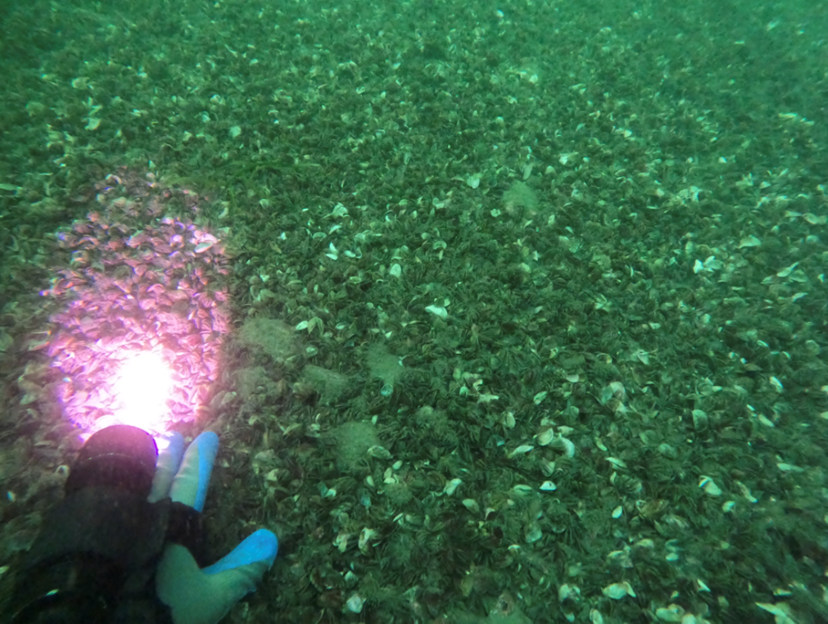Zebra Muscles VS Zebra Mussels
- Marc Pilon
- Sep 25, 2024
- 3 min read
SCUBA Divers Misconception Regarding:
Zebra Muscles
Equues Quagga Herculeus
VERSUS
Zebra Mussels
Dreissena Polymorpha (fingernail size)
By modern North American standards, a “jacked up” African Zebra might be considered a worthy opponent, but in his native environment this physique would likely just reduce his overall running speed and make for a more appealing target to a pride of hungry lions.
On the other hand, the invasive shellfish that has carpeted many our freshwater lakes and rivers have proved to be an economical challenge, and ecological disruption, and a safety hazard for Divers.
There is no official population census of African Zebras inhabiting North America and they pose no immediate threat of becoming an invasive species, the theory is that their inability to find an adequate and abundant food source to sustain a herd through a winter season was their downfall.
The Zebra Mussel arrived to our water systems via ships ballast tanks in the mid 1980’s from Eastern Europe and Western Asia. The species thrived and gained an instant foothold in our nutrient rich environment. A female Zebra Mussel can produce up to 1 million eggs per year which when released are free floating in the water currents. They have the ability to firmly attach themselves to nearly any surface after which each Mussel starts to “filter feed” on 1 liter of water each day. This process, while improving the diving visibility, robs the ecosystem of nutrients necessary for native marine and plant life. This filtering affect also allows sunlight to penetrate deeper, encouraging algae growth and warming of the water. They have created an economical challenge for cities and industries by blocking water intake pipes, as well as clogging power plant equipment requiring specific maintenance. The Zebra Mussels overwhelming numbers (100,000 per sq. meter, up to 1,000,000 per sq. meter) with its tiny 1” long stature have blanketed many parts of the river/lake bottoms. With a lifespan of 2-5 years and known to survive out of water for up to 30 days, Zebra Mussels, with no known predators have become well established in their new environment.
As divers, we’ve all witnessed mussel encrustation on wrecks, artifacts, rocks, and whatever else lying in the water, at times becoming unrecognizable. We’ve all felt the painful cut fingertip through a worn glove that the razor sharp mussel shell can inflict while diving, the perfect little skin slice that doesn’t seem to scab or heal for a week (ouch). Any cuts should be treated and bandaged immediately as the mussels harbor many different very hard to pronounce and spell sort of organisms that could cause bacterial infection (yuk). The importance of maintaining a good pair of gloves (plus a backup pair) as well as tending to the knee pads of you suit is paramount for your protection and enjoyment diving in our waters.
After a Zebra Mussel expires, their 2 outer shells will continue to adversely affect our ecosystem for years. Like Autumn leaves, these shells detach and get carried away in the flow, then collect in low lying or low current areas, pile up on the leeward side of boulder or structures, and fill holes and crevices on the bottom. Unlike Autumn leaves, the shells don’t biodegrade well and will cover and fill vast areas that can suffocate the plant or marine life that was originally there. The “zebra like” dark stripes on the shells will eventually get bleached of their pigment and turn to an all-white color.
Dead Zebra Mussels at different times of bleaching (samples are all from one handful on the river bottom)
Area of mostly darker dead shells
Area of mostly white shells (bleached), just a short distance away from the dark.
Distinct cluster outlined areas of shells at different bleaching stages
Marc Pilon












Komentarze